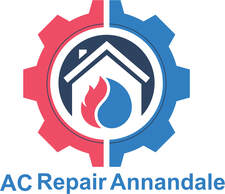|
It might be challenging to find a reliable firm, and especially in the summer or winter, you could be tempted to go with the first one that can organize a fix. The last thing you want is to have to wait around for a shoddy repair company to fix your air conditioner or heating system when it breaks down. Nonetheless, it's crucial that you pick a reliable company that can provide the services you require rather than attempting to promote pointless products and services. Choosing a trustworthy HVAC repair company is easy if those considerations are made when doing your research. These methods will help owners who require specialized residential facilities. When selecting a trustworthy HVAC supplier, there are a few considerations. Six Trustworthy Tips on How to Choose Your HVAC ContractorWith any luck, these pointers will enable you to identify the ideal solution for your requirements. We would be grateful for the opportunity to win your business. Tip 1: Find out how long the HVAC company has been in businessIn usa, new companies open their doors on a daily basis. While many new businesses have the potential to succeed, less than half of them will still be operating five years after they are founded, according to StartUp Canada. Therefore, you should, at the very least, confirm that any contractor you work with has a minimum of five years of reliable experience working in your community. Hiring a contractor for a task doesn't mean you have to wait around for them to become unavailable to correct issues or maintain the equipment they installed for you. Tip 2: Read customer reviews and press about the HVAC companyNowadays, it's quite simple to find out what previous and present clients think about the services they obtained from almost any firm thanks to the internet. It is not necessary for you to depend just on the references or approvals that you find on a contractor's website. You can check if there are any significant issues or complaints with the company "AC Repair Annandale" by doing an online search. You can also check whether corporate representatives are responding to and resolving comments and complaints submitted on their social media pages (Facebook, Twitter, etc.) by visiting these pages. You can increase your confidence in the firm you choose to work with by independently researching a company's press and customer reviews. Tip 3: Make sure all HVAC technicians are trained, licensed, and insuredMake sure the HVAC contractor constantly requires all of its technicians to have insurance, a license, and training. In order to be sure you have options in the event that the service is subpar, you should also search for customer service guarantees. Avoid any organization that requests payment before providing services, does not have a business address or phone number, or declines to provide references from previous customers. Tip 4: Look for a satisfaction guarantee on all work performedIt is not worth your time or money to work with any HVAC firm that does not offer a satisfaction guarantee. The business you select ought to have an openly displayed policy outlining the process for resolving complaints and other difficulties. As an illustration, AC Repair Annandale has a Customer Trust Guarantee that is prominently displayed:
Tip 5: Compare quotes to make sure the quote you get is fairYou may always utilize price quotations to help you decide between two companies when you're choosing an HVAC contractor and everything else looks to be comparable. Make sure that the firm providing any price estimates you are comparing has truly taken the time to visit your location and provide you with the most precise, comprehensive quote; generic over-the-phone prices are not relevant in this case because things can alter once the technician gets to your location. You can compare pricing quotations from several companies here and select the one that provides the best value for your service requirements. Tip 6: Check out the company with the Better Business BureauThe BBB, often known as the Better Business Bureau, is the industry standard for Canadian companies who take pride in providing exceptional customer service. A company might choose to register with the Better Business Bureau (BBB), but getting accredited by the BBB is not a simple procedure.
It is therefore worthwhile to take the time and give careful thought to any HVAC contractor who has willingly undergone accreditation AND has maintained a rating of "A" or better. NOTE: AC Repair Annandale and our sister company, Clean Air Solutions, each maintains an “A+” rating with the Better Business Bureau.
0 Comments
A heat pump that isn't cooling your house is the kind of issue you should take care of as soon as possible to keep your family safe and comfortable as summer temperatures rise. We're going to look at some of the most typical issues that could be causing your heat pump to break down. Before we get into the reasons your heat pump isn't working, remember that while some repairs may be completed by hand, others require the assistance of a qualified heat pump repair specialist. If you do decide you need the assistance of a qualified HVAC contractor, get in touch with the customer concierge staff at cozyheatingandcooling.com, and they can put you in touch with a respectable HVAC specialist in your region. Think about whether your malfunctioning unit could be the result of one of these most typical heat pump issues. Common Heat Pump Problems and SolutionsHeat pumps are perfect for managing our variable hot and cool seasons since they offer a wonderful balance of energy economy and dependability. Having said that, they differ slightly from other, more typical forced air furnaces or air conditioning systems. When trying to troubleshoot issues, it's common for a homeowner to run into dead ends. You've come to the right place if you're seeking for more information about typical heat pump issues and how to resolve them; the licensed HVAC specialists at Cozy Heating and Cooling are here to assist. Heat Pump is Running All the TimeThe brief, irregular cycles of an electric central air conditioning system or gas furnace are probably familiar to you. Heat pumps, on the other hand, actually run extremely slowly and steadily; in harsh conditions, they may run continuously or for extended periods of time. You might need to contact for assistance, though, if your heat pump is running nonstop and spitting, chugging, or failing to provide the level of warmth you require in your house. If not, let the device operate. Heat Pump Has Ice and Frost on the Outdoor UnitBecause of the refrigeration cycle, heat pumps usually produce a tiny quantity of ice on the outside unit. The purpose of the defrost mode on heat pumps is to periodically clear the system of extra ice. But! In certain situations, your system may freeze over completely or develop an ice coat. Sometimes this is merely a glitch, and you can clear the ice by turning off the system and allowing it to thaw, or by using a constant stream of water. Never use a blunt or sharp instrument to remove ice! Each bent fin detracts little from the system's efficiency because the fins surrounding your outside unit are rather brittle. You should arrange heat pump repair if your system freezes up repeatedly, or even twice in a single season. This shouldn't be occurring, and it most likely denotes a refrigerant or airflow issue. Heat Pump is Leaking Water at the Indoor UnitYour heat pump should manage condensate and draining indoors in the same manner as other HVAC systems; runoff water should be collected and directed outside using a drain pan and drain line. You should have the heat pump serviced if there is a leak. Most likely, you have a condensate drain pan crack, a blocked drain line, or another drainage issue. Heat Pump Won’t Switch From Heat to CoolA part of heat pumps is known as a reversing valve. By doing this, the heat pump is switched from drawing air from the outside of your house to drawing air inside (or, to put it another way, from cool mode to heat mode). An older heat pump's valve often jams easily or breaks completely, which is one of the more frequent issues. In these situations, a professional will need to replace the valve, which means you'll need heat pump repair. Before contacting for emergency heat pump repair, always double-check that all of the settings on your thermostat are accurate. The frequency of simple user error is more than you might imagine! 4 Common Heat Pump Problems and What You Should DoHeat Pump Won’t Turn OnLack of power is frequently the cause of an inoperable heat pump. To begin with, make sure your system is in heat mode and set to a temperature higher than the ambient temperature in your home by checking the settings on your thermostat. Next, examine your electrical panel to see if your circuit breaker has tripped. Recent thermostat purchases may not be compatible with your heat pump or may have been connected incorrectly, which can lead to the destruction of delicate heat pump and thermostat components and thermostat failure. Should your heat pump have been installed by you or a general handyman, you may need to contact a qualified HVAC service specialist. Heat Pump Blows Cold Air In Heat ModeMake sure your heat pump is in heating mode rather than cooling mode if it is spewing cold air. If it's chilly outside, it can also be in defrost mode. If the latter, your system should resume regular operation when the defrost procedure, which takes about ten to fifteen minutes, is finished. If the chilly air is still being blasted by your system, consider looking for a filthy air filter. Anything that restricts airflow may have an effect on how well your heat pump works. The most frequent offender is usually a dirty air filter, but there could be other culprits like debris suffocating the outside unit or unclean coils that require expert cleaning. It is advised to give your local heater repair agency a call to further diagnose the issue if none of these fixes work. Heat Pump Is Struggling To Warm Your HomeMany of the same issues that lead to a system blowing cold air while in heat mode can also cause this condition. These issues include unclean coils, debris like grass or weeds obstructing circulation around the external unit, and dirty home air filters. Physical obstructions within your house, such as furniture obstructing registers and vents, may possibly be the source of the problem. Airflow and system performance are all lowered by these problems. Strange SmellsOdd smells typically spell trouble for your system and require professional attention. Worrisome odors include:
It's not necessary to be an expert in air conditioners to identify problems. Understanding the most typical issues that AC units face is quite helpful in averting malfunctions. Who wants to spend a steamy summer in Denver indoors without air conditioning? Be mindful of these ten typical problems: Why Is My Air Conditioner Not Cooling the House?Make Sure the Furnace Isn't the IssueReduce the temperature and put your thermostat in the AC mode. If the fan in the furnace turns on, there isn't an issue with the furnace. To ensure that the fan operates, attempt to reset the furnace's circuit breaker. The solutions outlined here won't work, so contact an expert if the fan still won't start. Next, examine the external condensing unit. The fan and compressor ought to be operating; the compressor makes a refrigerator-like noise. If not, carry out the troubleshooting and repairs as outlined below. Turn off the power, please.Pull the outdoor disconnect or remove the access panel from the condensing unit after turning off the furnace and A/C breakers in the main electrical panel. Subsequently, ensure that the power is indeed off by using a voltage tester on the cables entering the contactor. Does Your AC Not Work? Purchase PartsThe most common and affordable components to fail are the start/run capacitor(s) and AC contactor (relay) (see image below). Therefore, it is important to purchase and install those parts as soon as possible, particularly if your air conditioning repair unit is more than five years old. You should wait to acquire a condenser fan motor replacement until you are certain that it is the cause of the failure, as they can cost up to $150. Locate the nameplate on the condensing unit (not your furnace) to purchase replacement parts. Record the model, make, and serial number (or snap a picture). Purchase the parts online, at a furnace dealer, or at an appliance store. Discover How a Central Home Air Conditioner WorksThe two main parts of a central air conditioning service system are the evaporator coil, also known as an A-coil, which is located in the plenum of your furnace or air handler, and the condenser, which is located outside your home. Heat from your house is transferred to the outside condensing unit by the refrigerant in the A-coil. To remove heat, outside air is blown through the condensing coil by the condensing unit fan. The condensing unit contains the three parts—the condenser fan motor, the start/run capacitor(s), and the AC contactor—that an amateur handyman may repair. The compressor is likewise housed in the condensing unit, however it can only be replaced by an expert. There are no DIY-friendly elements on the A-coil. Shut Off the Power
Condenser coil cleaningAn air conditioner condenser can be cleaned quite easily, and doing so is one of the routine maintenance procedures that will increase the unit's lifespan.
Test the FusesTwo cartridge fuses are found in many disconnect blocks. Before you start fixing them, check them. A blown fuse indicates a malfunctioning component within the condensing unit. Thus, avoid simply replacing it and declaring the issue resolved. Instead, put in new fuses, reinstall the parts, and turn the unit on. You have more significant problems; call a professional if it blows again. How the Disconnect Block Fuses Can Be Checked
Examine the Access Panel's InteriorLocate the access panel by following the electrical conduit that comes from the home. Turn off the electricity and take out the access-panel retaining screws before removing the panel. Look for mouse nests or signs that the wiring and electrical connectors have been chewed on before replacing any parts. Discharge the capacitor first if you discover damaged wiring or chewed insulation and you are capable of handling electrical repairs safely. After that, tidy the nest and fix the wiring. Or else give a pro a call. What you should know about air conditioner wiring is provided below. How a Dual Start/Run Capacitor Is Discharged
Change the capacitor(s) for the start/run.At least one capacitor is present in every air conditioning servicing unit. To offer both motors an extra boost of power during compressor and condenser fan startup, the capacitor stores and releases electricity. Additionally, it evens out voltage swings to prevent damage to the compressor and condenser fan motor. Over time, capacitors may gradually deteriorate and lose some of their starting power. Or they could collapse at any time. Long-term unrecognized gradual capacitor failure can put stress on the compressor and condenser fan motor windings, causing them to fail sooner than expected. Because capacitors are inexpensive, it makes sense to change yours proactively around every five years. How a Capacitor Is Replaced
Change the AC ContactorAn AC contactor is a $25 mechanical relay that switches 220-volt high-amperage current to the compressor and condenser fan using low-voltage electricity from the thermostat. The most frequent causes of air conditioning service failures are worn-out AC contactors. It is wise to replace your AC contactor about every five years, even if it is still functional. To remove the cables, unscrew the original AC contactor. Once at the new unit, relocate the wiring.
How to Evaluate Your Fixes
A few things to consider when choosing whether to replace or repair an AC unit are its age, performance, and efficiency, and the cost of any necessary repairs. Ac replacement can help you prepare a less-stressed backup plan in case your system malfunctions on the hottest day of the year. A few additional years of operation can often be obtained from an older machine with minor repairs and routine maintenance. Signs Your Air Conditioning Isn’t WorkingThere are numerous indicators that your air conditioner isn't functioning properly, even if they might not be immediately apparent. Here are a few typical indicators that your air conditioner isn't functioning properly. It would be ideal to speak with your local air conditioning installer if you have any of these problems in order to determine the cause of the issue.
Should You Repair or Replace Your AC Unit?An expensive purchase, a new, high-quality, energy-efficient air conditioner. Therefore, it usually makes more sense to repair your current device unless it is malfunctioning and you are unable to fix it without incurring large costs. When determining whether to replace or repair your current air conditioning unit, some things to think about are as follows: 1. Age of the AC unitAn air conditioner typically lasts between ten and fifteen years. Your unit can function well for an even longer period of time if it receives regular maintenance and servicing. As a general rule, buying a new unit might be a better option if your current one is more than ten years old, the warranty has expired, you're having more issues, or the quotations you've received for repairs seem excessive. It could be preferable to fix your air conditioner if it is less than ten years old, has not had a significant breakdown, and has had regular maintenance. 2. The Repair's CostIt almost never makes financial sense to replace a relatively new AC unit until the cost of repairs reaches thousands of dollars. Many HVAC professionals use the "5,000 rule" as a starting point. Here, the age of the unit is multiplied by the cost of maintenance; if the result is more than $5,000, it could be wiser to replace the unit. Fix it if it's less. 3. Continual Maintenance of Air ConditionersIt goes without saying that yearly AC maintenance can reduce your air conditioning expenses. An AC unit tune-up typically costs between $60 and $550. Also, you may extend the life of your air conditioning system by cleaning out debris, replacing the filters on a regular basis, and sealing air leaks. 4. Environmental Effects and Availability of RefrigerantR-22 refrigerant is used in many air conditioners that are older than ten years. It is no longer permitted to produce this in the United States as of 2020. As a result, any leftover supplies are far more expensive than the easily accessible R-410A refrigerant found in contemporary systems. This will not only increase the cost and difficulty of refrigerant repairs, but the product may also add to the ozone layer's thinning in our environment. How Much Your Energy Bills Will CostAn older air conditioning machine will always be less efficient than a modern one, no matter how carefully you maintain it. Every air conditioner has a SEER rating, which indicates how energy-efficient it is. Nineteenth-century air conditioners had to have a minimum SEER rating of 10. This was changed to 13 in 2006 and subsequently to 14 in 2015. Most efficient, modern systems have a SEER rating of at least 20. Energy efficiency may also be impacted by an inadequately sized unit, an inadequate amount of refrigerant, or old electrical components. A new, more efficient unit is a wise long-term investment if you see that your energy bills are becoming more and more expensive. 6. How long do you intend to stay in your house?If you intend to move in the next several years, replacing your older unit might not be a wise investment, even if there hasn't been a catastrophic breakdown or the repairs are too expensive. However, be advised that a buyer may request a reduction in the sale price of your property to account for an outdated or poorly maintained air conditioning unit when it comes time to sell. The peace of mind that comes with a new unit and an extended warranty may be enough to convince you to consider replacing your air conditioning system even if you don't plan on selling anytime soon. 7. Incompatible Air Conditioning SystemTo properly heat and cool your house, indoor and outdoor air conditioning devices should function as a unit. For any unit to function well, its internal parts must be compatible with one another. Therefore, a mismatched system will not function as well and is more prone to malfunction. It's worth updating one or both units so they can function together if your mismatched system is the source of your ongoing problems. 8. Thinking About AestheticsIf you're renovating your house, you could have decided that an old, rusty-looking gadget is just too unsightly to keep around, even if it might work. There are various options to consider when choosing which type of air conditioner would look best with your recently improved décor. 9. Substitute MotivationAlthough it is an expenditure, changing your AC unit may be worthwhile due to a number of benefits. If you upgrade to a more modern and energy-efficient model, for instance, you may be eligible for a federal tax credit. Additionally, you should look into any state or local rebates that may be able to lower the total cost of replacing your old air conditioning equipment. 10. Comfort LevelYour comfort level is a crucial consideration when determining whether to replace or repair your current AC unit. Is the cool air you require from your existing unit coming on at a suitable time? Or is it taking an eternity to drop the temperature in your house by a few degrees? If your home has a too-tiny air conditioning unit, it may need to work twice as hard to keep up with the demands. Older units may also lose some of their cooling efficiency.
The last thing you want on a hot, muggy day is an air conditioner malfunction. It makes sense that when this occurs, your first thought would be to contact a professional air conditioning repair company. Usually, you can't fix major problems with your air conditioning machine alone. Fortunately, the more common AC issues are easily remedied with the correct troubleshooting techniques. Fixing these problems can help you save money. Let's look at the many kinds of AC units before getting into the list of recommendations. Although there are many varieties of air conditioning systems, split and packaged units are the most widely used varieties. Split units are divided into two sections. The evaporator coils are situated inside your home, but the condenser is located outside. Packaged units, on the other hand, get their name from the fact that the condenser and the evaporator are housed in one unit. Both types can be troubleshooted using the techniques described below. Now that you have that out of the way, let me share some simple and quick do-it-yourself advice for diagnosing and fixing small AC problems. DIY Air Conditioner Repair TipsIf your air conditioner needs to be repaired, isn't operating at all, or is only blowing less than cool air, you can try the following fixes: Check Your BreakerIf the unit won't turn on at all, it's possible that your breaker tripped. Frequently, if multiple appliances, lights, and other items are connected to the same breaker, it will trip and the air conditioner won't work. You can avoid wasting money, becoming frustrated, or even feeling embarrassed by doing this brief check. Check The ThermostatWhen rushing or having a hectic day, it's easy to ignore this seemingly straightforward approach. Verify that the thermostat or AC remote is operating at a temperature lower than the surrounding space and that the batteries are functioning. Change Your FilterRegular filter changes help you avoid a lot of air conditioner troubles. A dirty or clogged filter can lead to some problems for your device. Insufficient airflow might lead to a decrease in the system's cooling effectiveness. Sometimes your system may ice up due to a clogged filter. It is important to regularly inspect and replace filters. Melt Any IceWhen your AC unit is too big for the room or during a colder period, ice can occasionally accumulate on it. All you have to do is let the fan run on its own or turn off the air conditioning for a short while, and the ice will automatically melt. Clean The Whole AC UnitYour air conditioner may only require a thorough cleaning rather than repair. Maintaining the optimal functioning of your unit is greatly aided by doing this. For split types, start by turning off the unit, cleaning the fan blades, and clearing the exterior unit of any debris. Remember to gently clean the condenser fins, taking care not to harm the fins or blades. Cleaning packaged units are much more difficult since they need to be taken out of the wall mount. Allowing a licenced air conditioning service expert to handle this is preferable. By taking out the front panel and sweeping the dust, you can perform some light cleaning. You might be able to resolve your frequent AC problems by following these procedures instead of having to contact a professional air conditioning repair service. However, don't be afraid to contact a reputable air conditioning repair firm if you lack the time to do it yourself or have attempted the troubleshooting and repair methods in this article and your AC still won't work. Give It A Good CleaningThe system may frequently merely be unclean. It might only require cleaning rather than an actual air conditioner repair. You can carefully clean the fan blades on the external unit and clear any debris that may have accumulated within or around it. Cleaning the condenser fins is another option. When playing with blades and fins, exercise extreme caution since they are brittle and easily bent. When cleaning the device, ensure sure it is off as well. Check Your Circuit BreakerYour circuit breaker may occasionally trip due to your air conditioner. Make sure your circuit breaker hasn't tripped by checking, and if it has, reset it. To help determine the problem, try turning on the AC. If it still trips the breaker, you should consult a technician. SummaryAlthough the aforementioned upkeep and repairs don't call for specialized training, it's vital to remember that doing repairs on your own could put your safety and the health of the AC unit at risk. An expert repair technician has the knowledge and resources necessary to identify and fix any problems with your air conditioning system. Additionally, they may offer preventative maintenance to keep your air conditioner operating at peak efficiency and extend its lifespan.
For the long-term health of your air conditioner, it is ultimately safer and more dependable to hire a professional expert for AC repair. Get in touch with Easy Breezy AC right now if you're in the Safety Har bour region and eager to collaborate with a reputable, industry-leading HVAC firm. As the most reputable AC installation, repair, and maintenance company in Florida, we currently serve about 4,000 residential and commercial clients. Are you sick and weary of having to wait a long time for hot water to boil? The moment has come to think about switching to an electric water heater! Installing one isn't as hard as it seems, you might be surprised to hear; just follow our instructions to make the procedure easier. Electric water heaters are dependable, efficient, and always prepared to provide hot water when needed. Think of them as your own personal hot water factories. We'll make sure you have an easy time installing an electric water heater by taking you step-by-step through the process in this guide. We'll also go over the reasons Essco water heaters are an excellent option for the water heating requirements of both residential and commercial areas. How to install an electric water heaterHow to install an electric water heater
Step 1: Collect the Required Equipment and Suppliesassemble the necessary supplies and tools before starting the water heater installation process:
Step 2: Pick the Ideal SiteChoose a suitable spot for your electric water heater. It should have enough room for simple installation and maintenance, and it should be close to the electrical panel. Make sure the space is free of flammable objects and has adequate ventilation. Step 3: Cut the Water and Power OffWhen installing any electrical system, safety must come first. Cut the electricity to the existing water heater at the electrical panel. Likewise, turn off the water supply to the outdated water heater to avoid any leaks while it's being removed. Step4: Take Out the Antiquated Water HeaterRemove the old water heater's electrical wiring and water supply lines with caution. After releasing the fittings with the pipe wrench, take the old unit out of its place. Step 5: Installing the New Water HeaterMake sure the new electric water heater is positioned correctly in the designated area. Using a pipe wrench, attach the water supply lines and tighten the fittings. Look closely for any leaks of water. Keep in mind that only specialists should install the best water heaters. Step 6: Examine the Electrical LinkFor information on the precise electrical requirements for your Essco water heater, refer to the manufacturer's instructions. After stripping the wire ends with the wire stripper, attach them to the appropriate terminals on the water heater. Use wire connectors to firmly secure the connections. After finishing, switch on the electrical panel's power supply. Step 7: Put water in the heater and test it.To allow the air to escape from the water heater tank, open a hot water tap in your house. The tank is full when the faucet produces a steady stream of water. Inspect for any water leaks and, if required, tighten connections. Step 8: Adjust the ClimateTo suit your tastes, change the water heater's temperature setting. For safety and energy economy, it is advised to set the temperature at about 120°F (49°C). Step 9: Upkeep AdviceRegular maintenance will keep your water heater operating efficiently and extend its lifespan. Drain the tank on a regular basis to check for wear or leaks, examine the pressure release valve, and get rid of any sediment accumulation. Considerations for Purchasing a Water Heater:
Essco Water Heaters: Why Pick Them?
In summary:In summary, you can install your water heater with confidence now that you have this simple to follow advice. However, it's okay if you're not comfortable handling electrical devices! At the service center operated by Essco by Jaquar Group, you can always count on expert assistance. They'll guarantee a secure and appropriate installation of your heater. Whether you want to do it yourself or seek professional help, the most important thing is to ensure your comfort and happiness.
These days, a growing number of homeowners are learning how to do home renovation work themselves rather than hiring a professional due to the abundance of information available online. The do-it-yourself method has advantages, too, such cost savings. But occasionally, skimping on quality can end up costing you more. Only people with the necessary training and equipment, like a qualified plumber, should try many plumbing tasks, including installing a tank water heater. When installing a water heater on their own, homeowners frequently make mistakes. These include selecting the incorrect tank size, placing the unit in the wrong place, using the wrong materials, disregarding building standards, and more. Avoid these blunders when installing your water heater in a tank.Negative outcomes may ensue from installing a water heater without the necessary experience and expertise. For instance, it's critical to route the plumbing in a specific way, prevent combining metals, utilize high-quality soldering procedures, and select the appropriate type (and size) of pipes. Any error could result in a system failure, violate the equipment's warranty, or impair the water heater's functionality and efficiency. 6. Failing to get a permission or adhere to codes1. Selecting the incorrect sizeEven before it heats up the first gallon of water, your new water heater can be doomed to fail. There are 30 to 80 gallon tank water heaters available. The number of people living in your home and the amount of hot water used will determine the size you need. You will frequently run out of hot water if you get a water heater that is too small. On the other hand, by repeatedly heating water you don't need, a too large tank will cost you money each month on your energy costs. 2. Placing it in a hazardous areaThe location of your water heater is crucial for efficiency, convenience, and safety. Storage closets, attics, and subfloors are examples of places where installing a tank water heater may be restricted or forbidden, depending on your local rules. Since newer versions are wider and better insulated than earlier models, you cannot assume that the same position would work if you are replacing an old water heater. A qualified plumber will check that your water heater has enough space for airflow and appropriate access. 3. Failure to place a drain pan beneath the tankIt is advised—or mandated—that a tank water heater have a drain pan underneath it to catch any water leaks or discharges. The drain pan needs to be at least 1.5 inches tall and 2 inches broad, larger than the water heater's diameter, and constructed of materials resistant to corrosion. The likelihood of future water damage can rise if the drain pain is not installed or if the incorrect size is used. 4. The pressure relief valve is not configured correctly.In the event that the internal pressure or temperature rises too high, the pressure relief valve acts as a safety mechanism and discharges water from the tank. Your water heater could burst or possibly explode if the release tube and valve are not installed correctly. 5. Inadequate connections and material choicesNegative outcomes may ensue from installing a water heater without the necessary experience and expertise. For instance, it's critical to route the plumbing in a specific way, prevent combining metals, utilize high-quality soldering procedures, and select the appropriate type (and size) of pipes. Any error could result in a system failure, violate the equipment's warranty, or impair the water heater's functionality and efficiency. 6. Failing to get a permission or adhere to codesHomeowners who undertake do-it-yourself projects frequently believe they are free from construction codes and permits, but this is untrue. There's a reason these guidelines are in place, and ignoring them can have costly and dangerous consequences. A trustworthy plumber will guarantee that your water heater installation is completed exactly as written.
The compressor is certainly something you've seen if you use a home air conditioner. It's the metal box that houses the AC's motor and other moving components. This post will fill in all the blanks if you need to know more about what an air conditioning compressor works! It describes the operation of an air conditioner and the reasons maintaining a well-maintained machine is crucial for comfortable and effective cooling. We also go over how to take care of your unit to extend its lifespan. How does a cooling system operate?The way air conditioners operate is by transferring the heat from your office or workspace outside. Cool air is subsequently blasted back into the structure. The evaporator coil, a series of cool pipes, is the means by which the machine cools the air. It functions similarly to how a refrigerator does or how skin evaporation occurs. Coolant, also known as refrigerant, fills the evaporation coil. As it absorbs heat from the air, it turns from a liquid to a gas. After passing through another coil, the substance is pushed outside the structure, where it cools and transforms back into liquid. For this reason, the outside coil is appropriately called the condenser. In order to guarantee that all of the coolant evaporates and condenses in the proper coil, a pump known as the compressor transfers the coolant between the two coils and modifies its pressure. The compressor's motor consumes all the energy required to accomplish this, and the system typically outputs three times as much cooling energy as the compressor does. This is because the coolant transforms from a liquid to a gas, which permits the movement of far more energy than the compressor consumes. What is a ‘Ton’ of cooling?Prior to the development of air conditioning, large blocks of ice were stored to provide cooling. The equal amount of ice that would have melted in a day was used to measure air conditioners when they were first deployed, leading to the invention of the term "ton" to describe air conditioning. Air conditioner filters: what are they?To keep the air conditioning system clean and the air free of particles, the majority of air conditioning systems contain a filter above the evaporator coil. The filter will fill up with more random particles as it works, which will decrease air flow. If filters aren't changed, airflow will drop and they'll start to pollute the air again. The best approach to ensure that your air conditioner stays efficient in the face of reduced air flow is to change its filters on a regular basis. How can I improve the energy efficiency of my air conditioner?Sealing any leaky ducts, along with keeping clean filters and coil maintenance, is one of the most important things you can do to maximize the performance of your air conditioner. Verifying that nothing is obstructing the airflow of your air conditioner is another technique to maximize its effectiveness. Acquiring an air conditioner that is appropriate for your climate—which isn't a big deal in the USA—will help you make sure it's not consuming more energy. Make your air conditioner's life easier.
Problems with the AC Compressor
Ventilation's powerStatic air in your building can cause serious health issues as well as comfort issues if it isn't properly ventilated. It is typically advised that your building have adequate ventilation so that the interior air is changed at least once every four hours.
Older homes with drafts typically don't require assistance with ventilation, whereas newer properties will require assistance in order to fulfill basic ventilation requirements. Do you have inquiries concerning the ventilation and air conditioning system in your place of business or commercial space? For assistance with all of your heating and cooling needs in England, get in touch with Sovereign Planned Services. Please get in touch with Sovereign Air Conditioning if you would like more information on air conditioning systems that will satisfy your company's needs. We will be pleased to assist you in any manner we can. The average individual uses hot or warm water up to twenty times a day, did you know that? We all depend on hot water that is consistently available for cooking, cleaning, and taking baths. Most people don't give their workhorse appliances much thought until they break down or leak, making them a liability in the house. This article will provide you with all the information you need to install a new water heater if your current one is beyond repair. It covers the overall cost, your options for equipment, and the situations in which replacing the unit makes more sense than repairing it. When To Replace A Water Heater That BreaksThe majority of electric and gas water heaters have a 12-year lifespan when properly maintained. Nonetheless, tankless versions frequently last 20 years or longer. It's normal for your water heater to require more maintenance as it gets older, which is a dead giveaway that it needs to be replaced soon. These are some telltale indicators that it's time for a water heater replacement, even though yearly maintenance helps extend its lifespan.
What Is The Price Of A New Water Heater Replacement?The average cost, including labor, to install a new conventional water heater in the Marietta area is between $800 and $2,000 or more. Since installing a tankless water heater usually requires extra labor, the cost can reach $4,000. The estimate may potentially increase depending on the tankless model. The following variables affect how much it costs to replace a water heater:
A modern water heater should take into account various factors, including recovery rate, energy efficiency, and lifetime operating costs. For example, compared to electric models, a gas water heater recovers hot water faster and has lower lifetime expenses; nevertheless, electric water heaters are significantly more energy-efficient. Given that water heaters are the home's second-highest energy user, this can have a significant influence on the equipment you select. I Want to Install a New Water Heater, Can I Do It Myself?Although it is feasible, most experts wouldn't advise doing your own installation of a new water heater.
Gas lines need to be connected appropriately, and natural gas water heaters need to be properly vented. Even the smallest error could result in a hazardous or fatal situation. If you go from an electric water heater to a natural gas water heater, you will need to install venting pipes and a gas line for the water heater to operate properly. Depending on the type of unit you buy, you might want a specialist with knowledge of gas piping, water lines, discharge pipes, gas control valves, pressure relief valves, shutdown valves, drain valves, etc. It takes more than just turning on a circuit breaker and plugging in a new appliance to complete this installation. Having hot water on demand is one of the pleasures of modern living. There's nothing more satisfying than taking a hot shower to feel clean and rejuvenated after a demanding workday. Your life quality suffers greatly when your water heater isn't working properly. These six indicators point to the necessity for a new water heater. 1. Your outdated water heater is growing old.The average conventional water heater has a ten-year lifespan before needing to be replaced. After ten years, you should at the very least think about purchasing a replacement water heater, even if you might be able to get a few more years out of your system. Verify the serial number on your water heater if you're not sure how old it is. Most likely, the unit's top has a sticker with this information. Enter the serial number into the manufacturer's website to get further details if you are unable to locate a date. 2. It is emitting peculiar sounds.As a water heater age, it starts to produce odd noises. Sediment accumulates at the tank's bottom over time. The sediments get harder when the water gets hotter. Consequently, sounds of banging or rumbling emanate from within the heater. This indicates that your hot water heater is getting close to the end of its useful life and that you should replace it. 3. The water coming out of the tap is rusty.Rusty water is another indication that your water heater needs to be replaced. Corrosion is the inevitable result of metal and water, particularly when the sacrificial anode rod runs out. After then, rust is probably going to develop since the water is going to absorb the corrosion. Should this be occurring at an early stage of the system's lifespan, you can have the Reimer plumbing experts replace the water heater's zinc anode rod. However, it's probably faster and more economical to simply replace the complete unit at this point in the system's life. 4. The duration of your hot water is shorter than it once was.Click To Add TextAnother indication that you need to get a water heater is insufficient hot water. As water heaters age, their ability to heat water decreases as well because of the silt buildup we previously discussed. The obvious indication that your heater needs to be changed is a lack of hot water. You might want to think about the advantages of a tankless water heater, which can give your family an unending supply of hot water, if you're having trouble getting hot water in your house. 5. The unit is surrounded by puddles of water.Click To Add TextIf you see any water leaks around the water heater, there may be a tank leak that has to be fixed right away. As the metal tank repeatedly expands and shrinks in response to heat, little fractures gradually appear. But if it cracks, there's a significant chance that the tank will burst, therefore you should contact Reimer's experts. 6. Repairs OftenThe water heater in your house is in the middle of its life, yet it still needs maintenance. This is an unmistakable sign that it's time to think about replacing your water heater. Numerous things, like frequent preventative maintenance neglect or high domestic use, might lead to premature wear. In these situations, replacing your water heater is frequently more economical than continuing to fix it.
In summary, certain problems with your water heater can be resolved by expert repairs, new parts, or tank flushing. Still, other issues necessitate a new system. With over 26 years of experience troubleshooting water heater systems in Gaithersburg and the surrounding areas, Mallick Plumbing is a reputable plumbing contractor. Mallick's professionals can determine whether a water heater repair or replacement is the best course of action for you after inspecting your system. To arrange a service appointment, call (202) 681-9395 of AC Repair Annandale right now. |
AuthorWrite something about yourself. No need to be fancy, just an overview. Archives
June 2024
Categories
All
|
Local Service AreasAnnandale, VA
Fairfax, VA North Springfield, VA West Falls Church, VA Burke, VA Falls Church, VA Hours of Operation Monday - 9:00 AM - 6:00 PM Tuesday - 9:00 AM - 6:00 PM Wednesday - 9:00 AM - 6:00 PM Thursday - 9:00 AM - 6:00 PM Friday - 9:00 AM - 6:00 PM Saturday - 9:00 AM - 6:00 PM Sunday - Close |
Navigation |
ServicesAC Unit Replacement
AC Unit Repair Furnace Repair AC Maintenance Emergency AC Service Commercial Rooftop Unit Commercial AC Maintenance Apartment AC Repair Commercial HVAC Installation Water Heater Repair Air Quality Service Air Conditioning Repair Air Conditioning Maintenance Air Conditioning Installation Air Conditioning Replacement Air Conditioning Components Heating System Repair Heating Installation Heating System Maintenance Boiler Services Furnace Repair Heat Pump Repair |
Contact usAC Repair Annandale
3906 Millcreek Dr. Annandale, VA 22003 (571) 999-7227 |

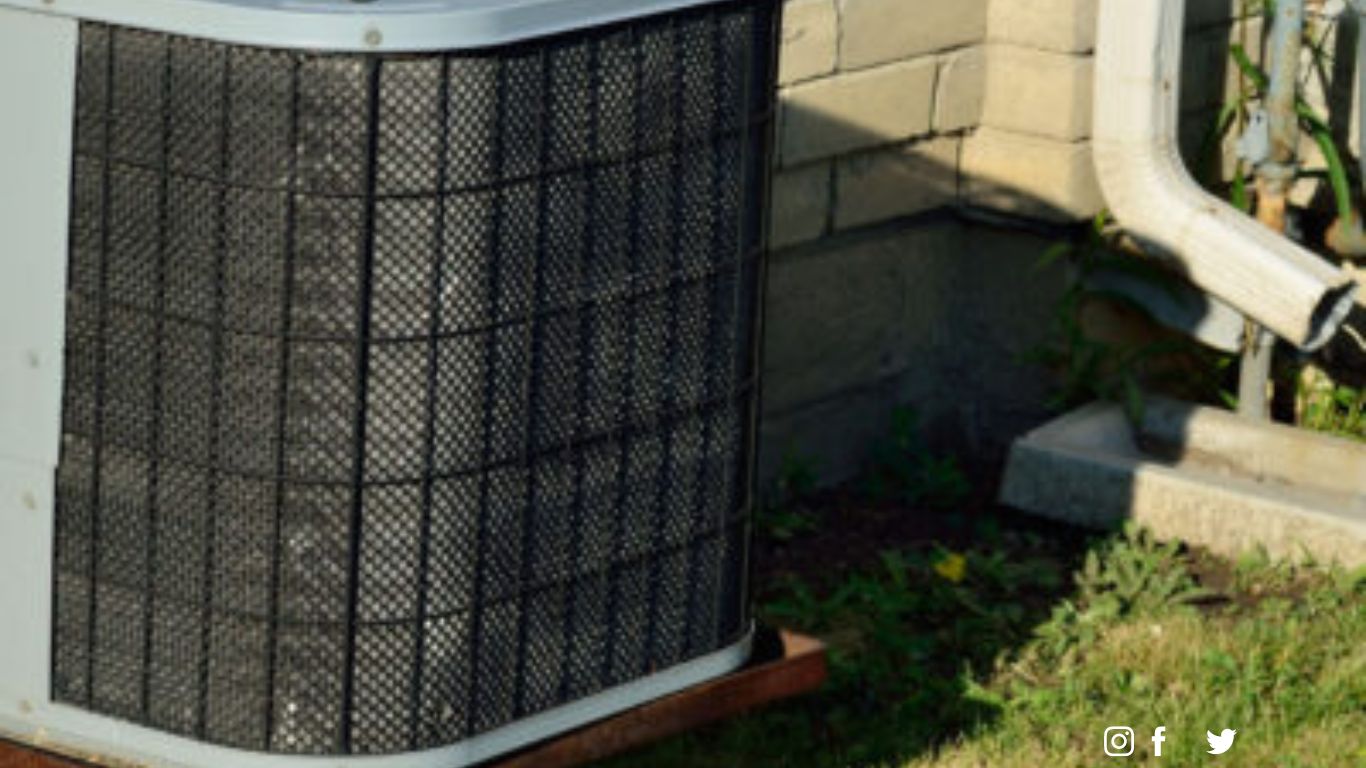
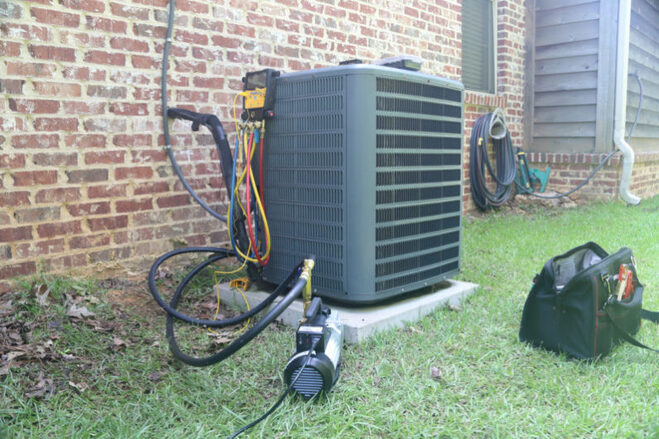
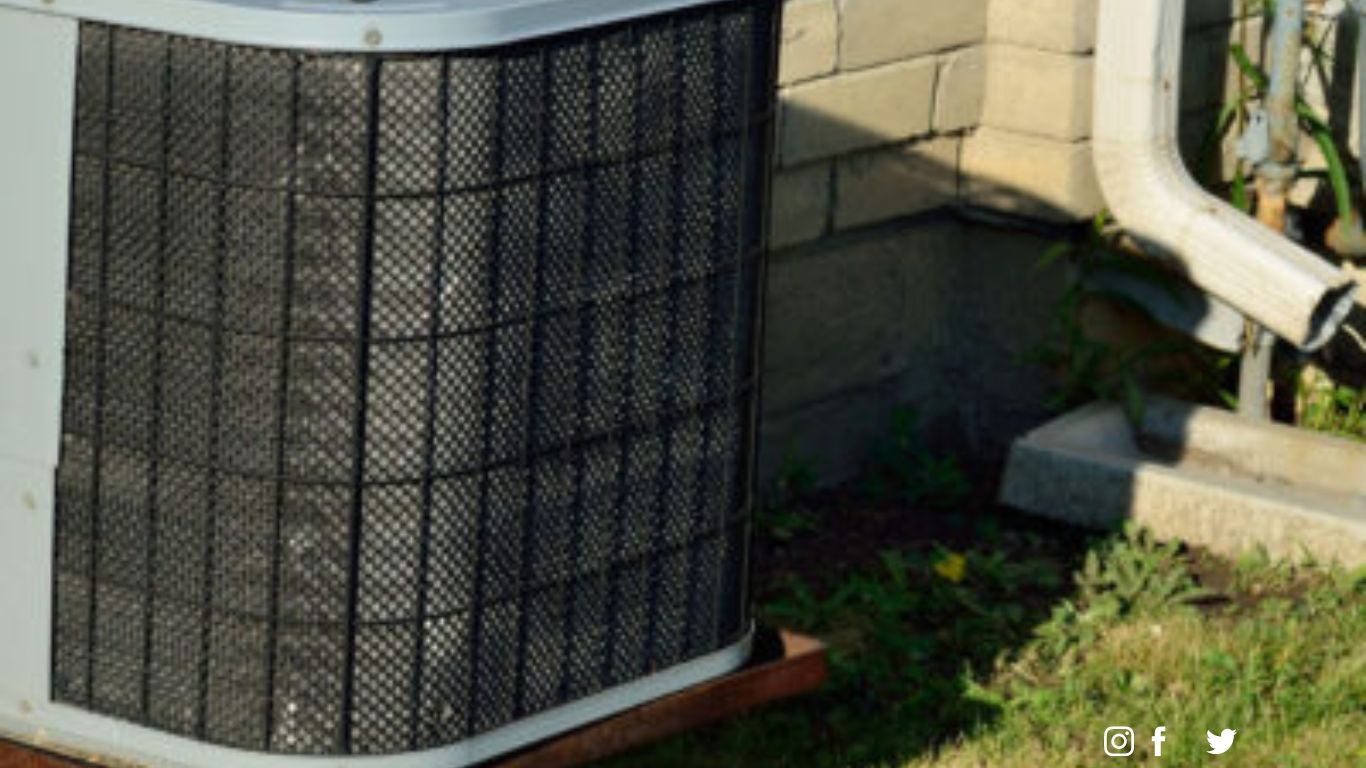
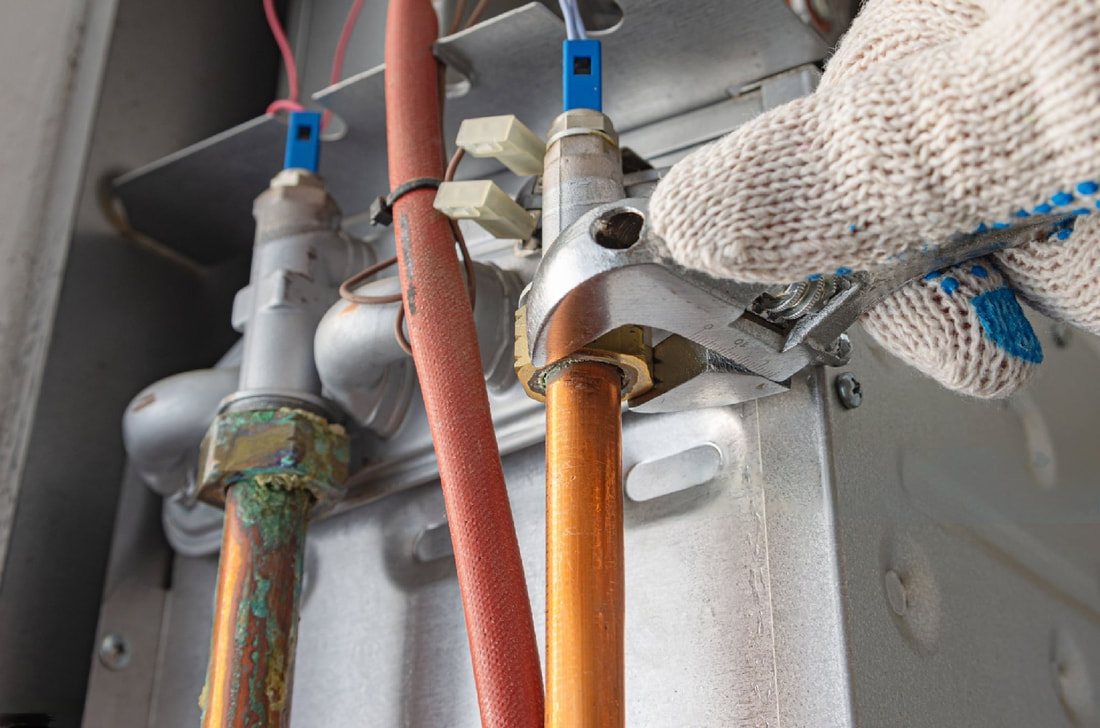
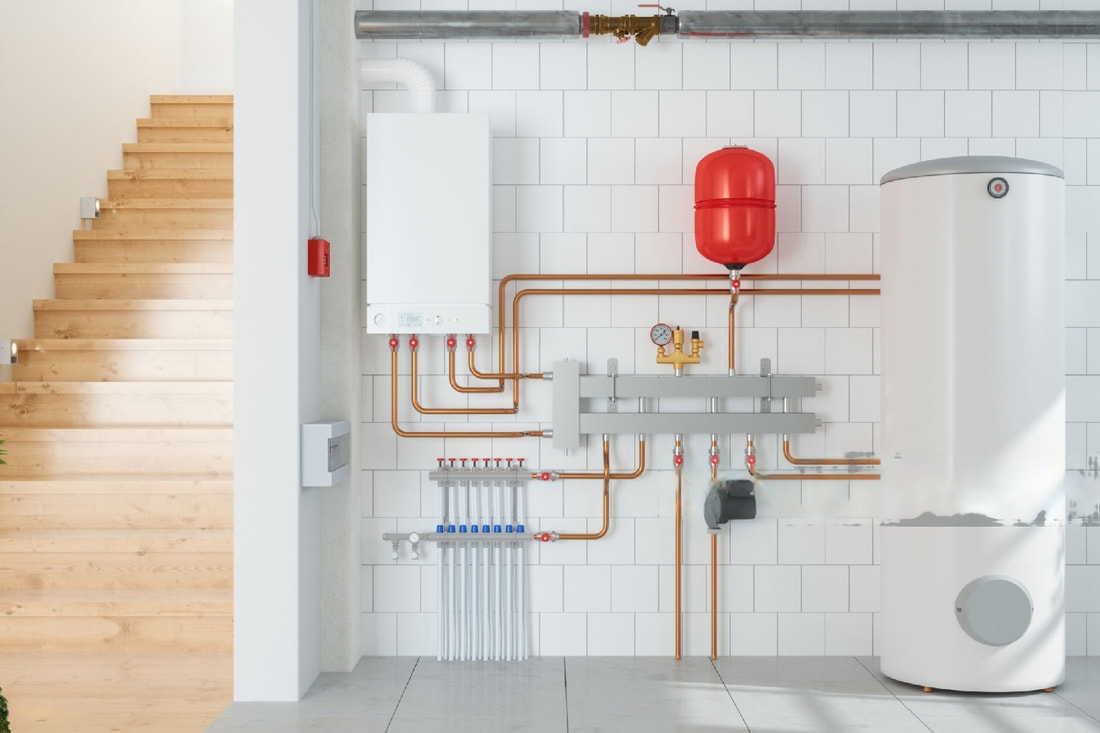
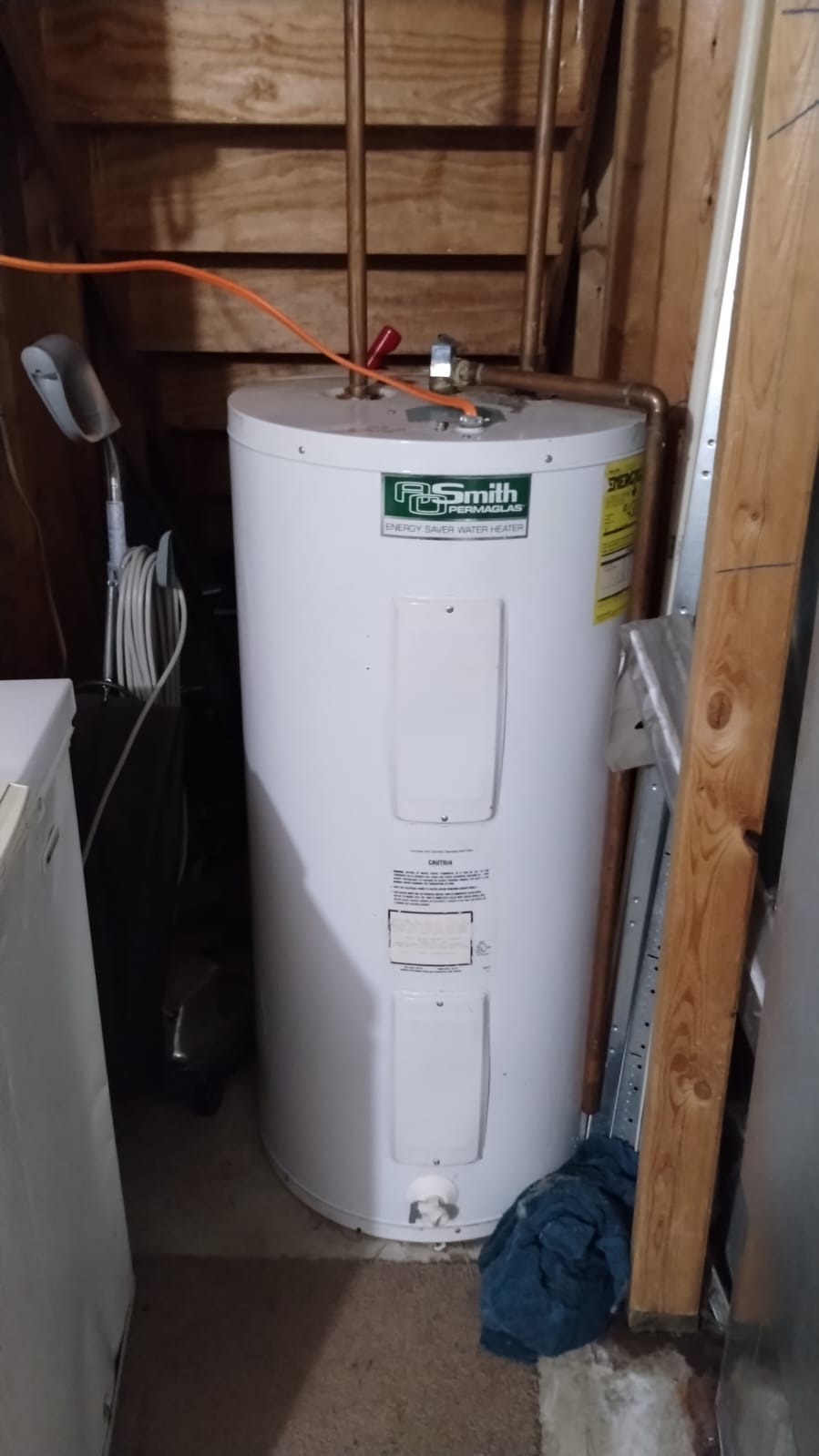
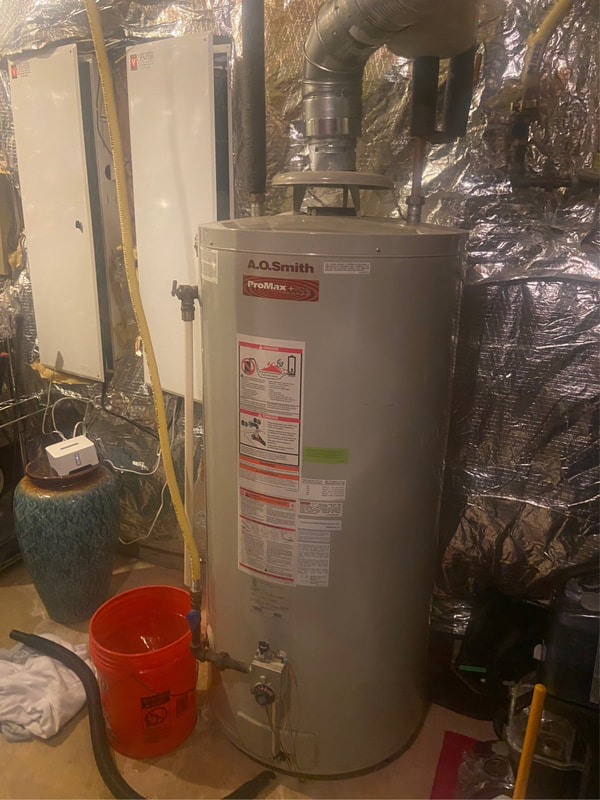
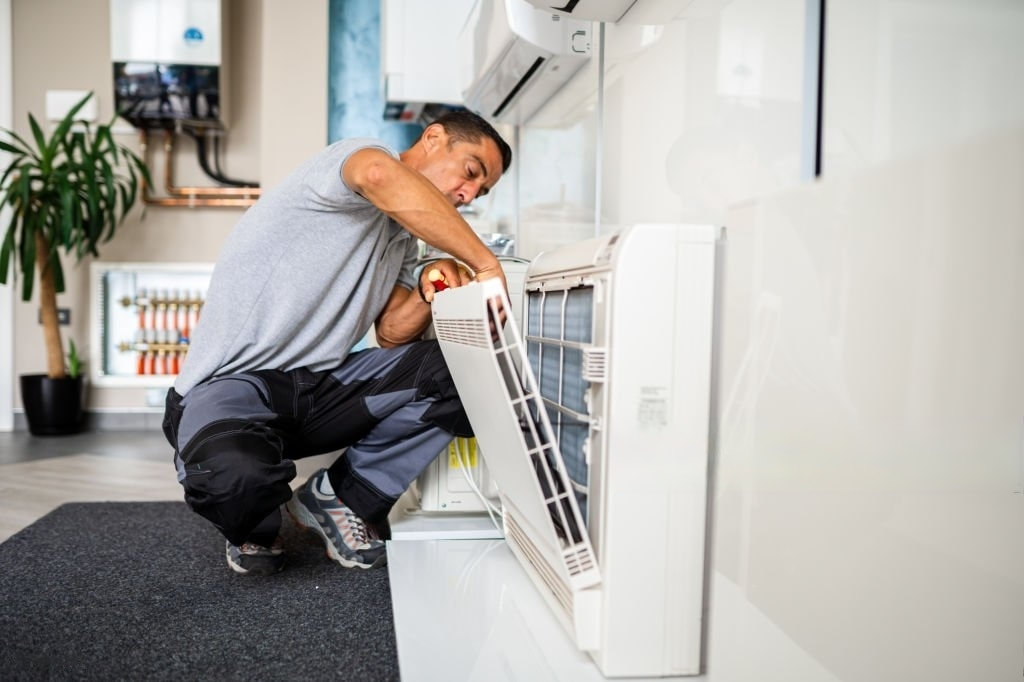
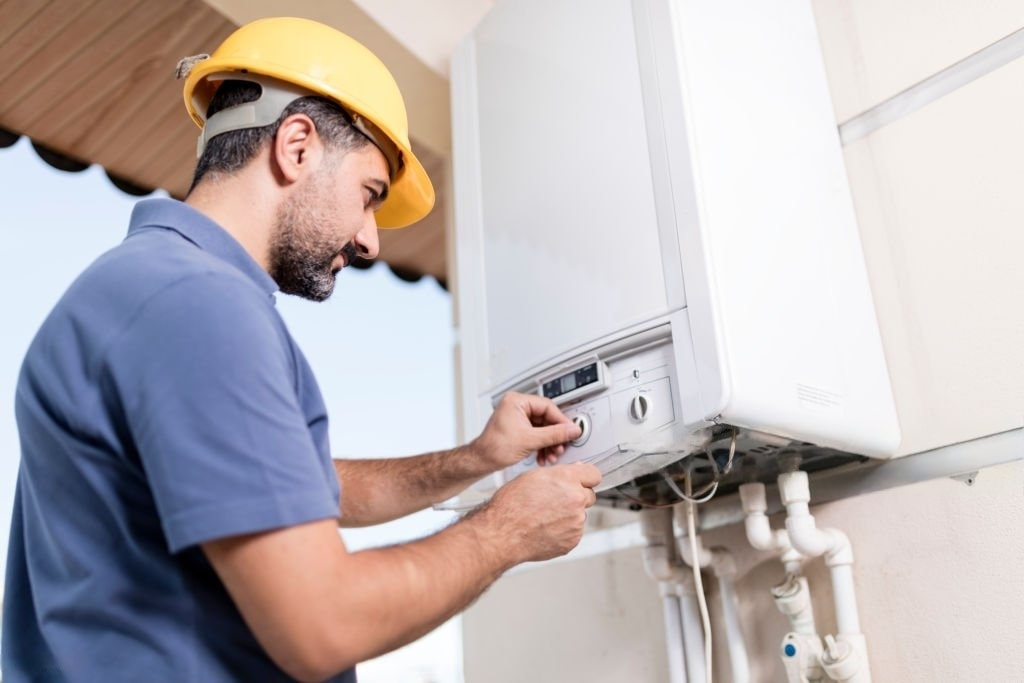
 RSS Feed
RSS Feed
